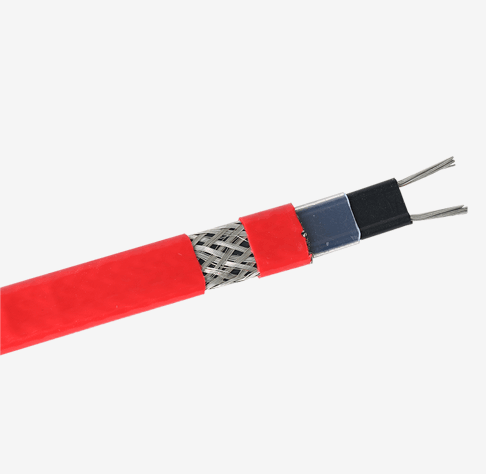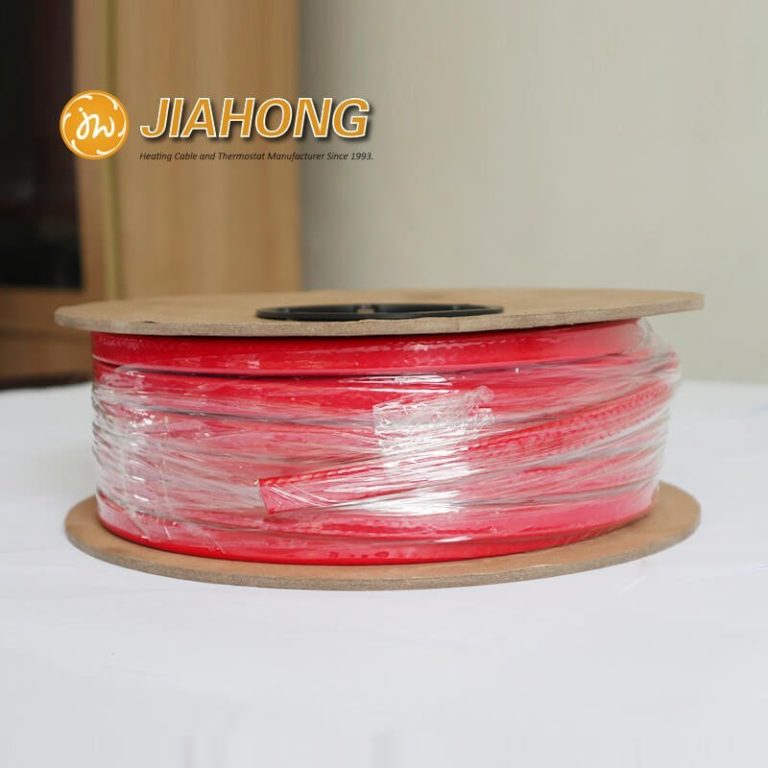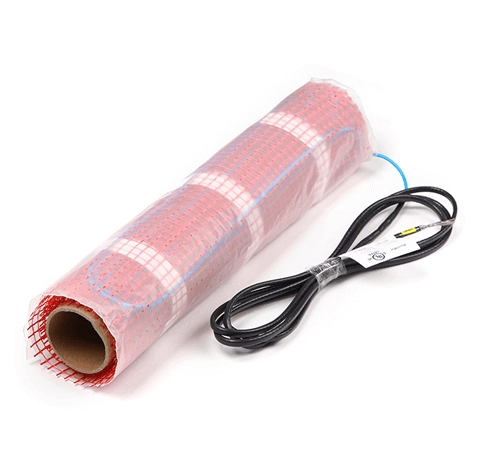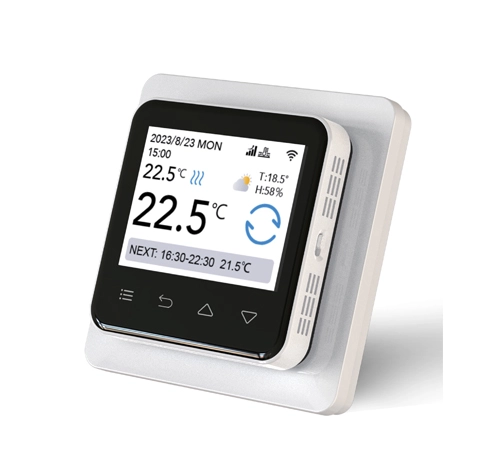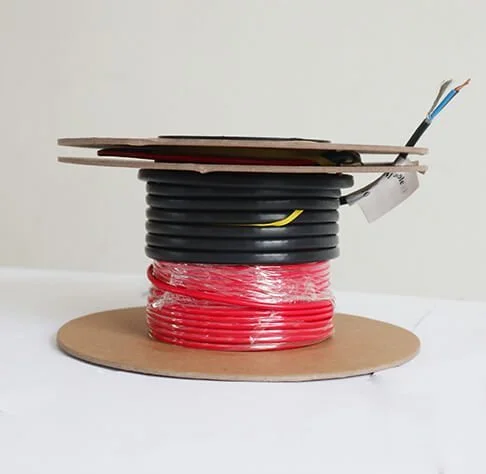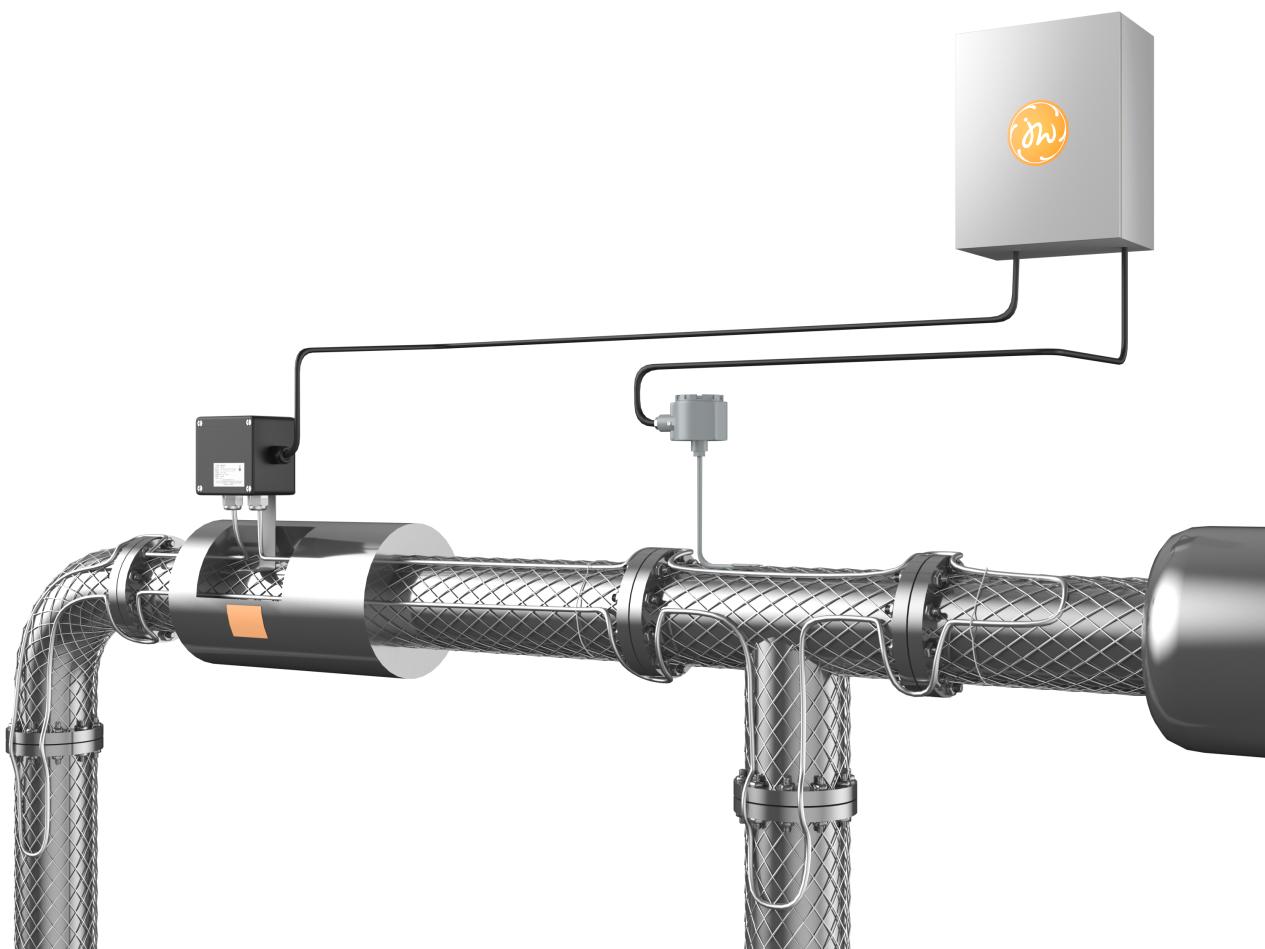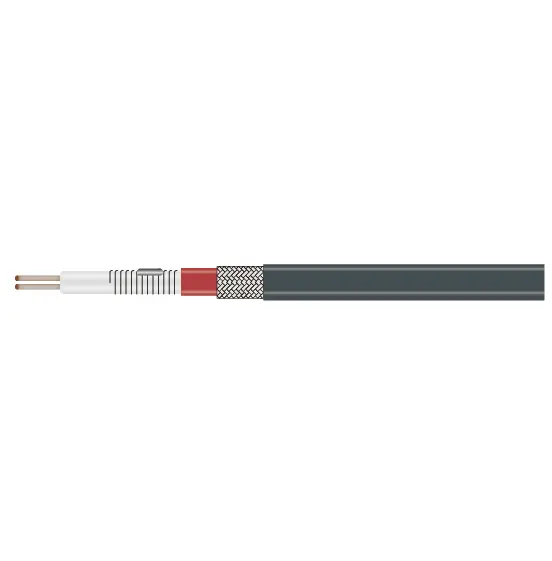Are you facing unrelenting cold that threatens your pipes, systems, and livelihood? do not be afraid! Heating cables become the ultimate solution, protecting your assets and ensuring seamless operation. Embrace the warmth of these cables and say goodbye to the dangers of freezing temperatures.
What is a heating cable?
Heat trace cables are flexible electrical heating elements that are wrapped around pipes, tanks and other surfaces. They generate heat, maintain a constant temperature and prevent freezing. These cables are indispensable in industry, commercial establishments and homes, ensuring optimal performance even in the harshest conditions.
Why choose heating cable?
Prevent pipe freezing: Protect your pipes from bursting #keyword, as frozen pipes can lead to expensive repairs and disruptions.
Ensure optimal process temperature: Precisely maintain process temperatures, reduce downtime and increase efficiency.
Prevent condensation and corrosion: Prevents condensation and subsequent corrosion, extending equipment life.
Saving energy and maintenance costs: Reduces energy consumption compared to traditional heating methods and minimizes maintenance costs associated with frozen pipes or equipment failure.
The working principle of heating cable
The working principle of heating cable is resistance heating. Electric current flows through the cable, encounters resistance and generates heat. The heat is then transferred to the surrounding surface, preventing freezing.
Choose the right heating cable
Choosing the ideal heating cable for your application is crucial. Consider these factors:
Wattage: Determine the amount of heat produced; measured in watts per foot (#keyword).
Voltage: Choose the voltage that matches your power source, usually 120 volts or 240 volts.
Length: Make sure the cable is long enough to cover the entire surface that needs to be heated.
Installation method: Choose self-regulating cables that adjust heat output based on temperature or constant-power cables that provide steady heat.
If you don’t know which heating cable to choose, you might as well try Jiahong. As a professional heating cable manufacturer, Jiahong can provide you with high-quality products and perfect services. Welcome to contact us for detailed ordering information and services!
Case Study: Practical Application of Heating Cables
Preventing water pipes from freezing in Alaska: A remote village in Alaska relies on heating cables to keep water pipes open during freezing temperatures, ensuring a safe and reliable water supply.
Maintaining refinery process temperatures: Refineries in the Gulf of Mexico use heat trace cables to maintain precise temperatures in process equipment to optimize production efficiency.
Protecting industrial steam pipelines: Chemical plants in the Midwest install heat trace cables on steam lines to prevent condensation and subsequent corrosion, minimizing downtime and maintenance costs.
Installation: A Guide to Success
Prepare the surface: Clean and dry surfaces before installing cables.
Wiring: Use appropriate clamps or straps to secure the cable along the length of the pipe.
Connecting cable: Use a junction box or thermostat to connect the cable to the power source.
Insulation and Protection: Insulate cables and protect them from the elements with heat-resistant insulators and weatherproof jackets.
Safety Precautions
Follow all manufacturer instructions and electrical codes during installation.
Thoroughly test the cable before putting it into operation.
Check the cable regularly for damage or wear.
Use appropriate safety devices when handling cables.
Heating cable troubleshooting
No heat output: Check whether the power supply and cables are damaged or the connections are loose.
Overheating: Ensure proper insulation, check thermostat settings or reduce cable power.
Intermittent operation: Check for damaged cables, loose connections, or a faulty thermostat.
Types of heating cables
Self-adjusting cable: Automatically adjusts heat output based on temperature to prevent overheating.
Constant power cable: Provides consistent heat output throughout its length.
Mineral insulated cable: Offers exceptional durability and resistance to harsh environmental conditions.

 EN
EN

